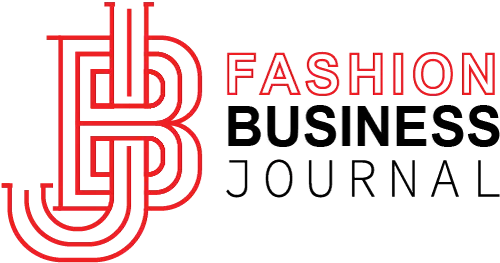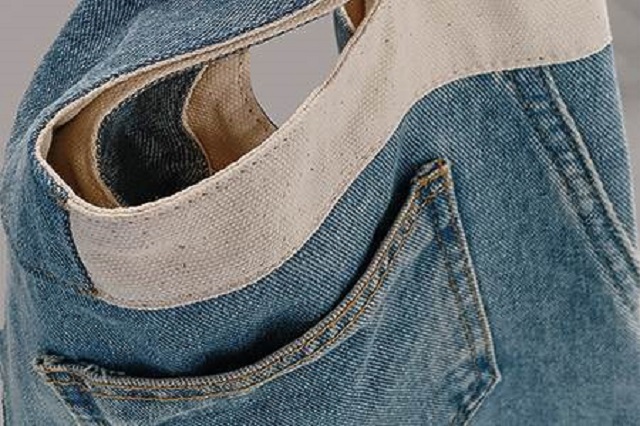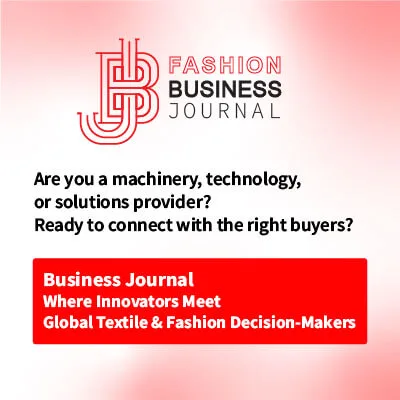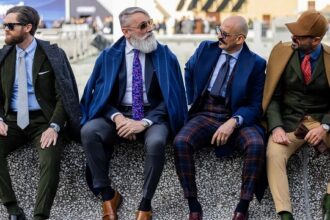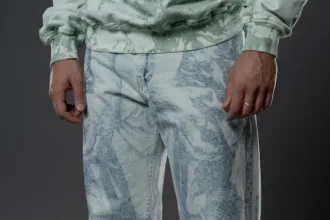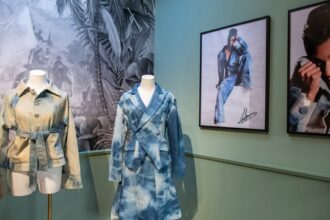At the prestigious Mipel accessories exhibition in Milan, six South Korean start-ups showcased their creative potential—but none attracted more attention than Troisième Objet, a Seoul-based brand transforming discarded denim into stylish tote bags. Despite founder Sung Eun Jung being absent from the event, her handcrafted, upcycled creations became an unexpected highlight, even catching the eye of Italian national TV.
The brand participated under the banner of the Seoul Leather Manufacturer Support Center, a government-backed incubator supporting Korea’s emerging leathergoods talent. The centre selected six standout start-ups to represent Korea at the 126th edition of Mipel. Among them, Troisième Objet stood out for its fresh approach to sustainability and craftsmanship.
Troisième Objet’s bags—ranging from small styles like the Tana to larger Drian models—are made from donated denim jeans and white cotton canvas. With retail prices between $100 and $150, they compete with genuine leather bags in the premium market, offering something increasingly rare: one-of-a-kind products with a low environmental footprint.
Each bag is made by hand, with Sung personally sorting, washing, cutting, and assembling every piece of fabric. “No two bags are the same,” she explains. “The size, color, and detailing of each piece of denim determines how it’s used. Even with consistent bag dimensions, the outcome is always different.”
The idea of transforming post-consumer garments into desirable accessories emerged during the early stages of South Korea’s upcycling movement. Initially sourcing material from friends and family, the brand now enjoys a growing network of donors, with each item telling a story of reuse and renewal.
While most of the sales so far have been domestic, the Milan showcase may serve as a launchpad for international expansion. In a surprise twist, Italian television channel Canale 5 featured Troisième Objet’s products in a segment about Mipel and the broader state of Italy’s fashion manufacturing sector. This exposure introduced the brand to a wide European audience in prime time.
Interestingly, Troisième Objet’s main customer base is in their 20s—a generation increasingly concerned with fashion’s environmental impact and drawn to retro aesthetics and Y2K-inspired design. “We see interest from many age groups,” Sung says, “but it’s the younger customers who are leading the way in sustainable buying decisions.”
Currently producing around 50 bags a month, the brand embraces slow fashion principles over mass production. With plans to grow cautiously and maintain a hands-on approach, Troisième Objet hopes its Milan appearance will lead to long-term partnerships with global retailers and customers who value individuality, sustainability, and story-driven design.
As the fashion world looks for authentic solutions to overconsumption and waste, Troisième Objet proves that creativity and consciousness can coexist—and thrive—in the heart of the accessories market.

